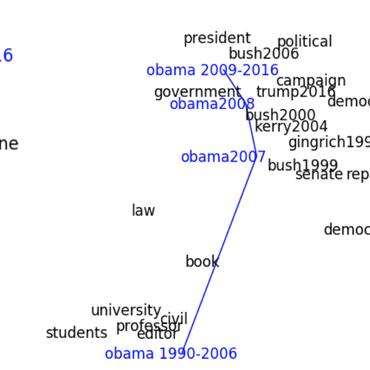Assessing the Unitary RNN as an End-to-End Compositional Model of Syntax
We show that both an LSTM and a unitary-evolution recurrent neural network (URN) can achieve encouraging accuracy on two types of syntactic patterns: context-free long distance agreement, and mildly context-sensitive cross serial dependencies. This work extends recent experiments on deeply nested context-free long distance dependencies, with similar results. URNs differ from LSTMs in that they avoid non-linear activation functions, and they apply matrix multiplication to word embeddings encoded as unitary matrices. This permits them to retain all information in the processing of an input string over arbitrary distances. It also causes them to satisfy strict compositionality. URNs constitute a significant advance in the search for explainable models in deep learning applied to NLP.
PDF Abstract

